The Siege of Rhodes, 1522. A date not recognized by some people for the Great Siege of Malta overshadows most of the Ottoman sieges beforehand. Although the Ottomans prevailed in this siege they lost a huge chunk of their forces attacking.
Now come and let us explore the history of the siege, but before we learn about the Siege itself let us turn back the clock 200 hundred years.
Acre, 1291
The Bahri Mamluks encircled the city a Acre, 160,000 infantrymen and 60,000 cavalrymen, The great Kingdom of Jerusalem's forces where no match for the huge Mamluk host. With 17,000 infantrymen and 1,100 cavalrymen the Siege seemed as if it was already won. The brave Knights of Jerusalem stood strong as the Mamluks stormed the city, but it was no use. Acre was lost, the last crusader stronghold in the Holy Land was lost.
~
The Knights Hospitaller had been confined in Tripoli for some time but after the fall as Acre they sought refugee in the Kingdom of Cyprus. The knights felt enmeshed in Cypriot politics so Grandmaster Guillaume de Villaret started to make plans to aqirue temporal domain in Rhodes. The next Grandmaster, Fulkes de Villaret, executed his plan with two years of campaigning, Rhodes fell to the knights and became their new stronghold.
~
Now that we know how the order got to Rhodes, we will know dive into the rich history and amazement of the Siege. Let us go to 1522 with the great order knights and dastardly Ottomans.
Rhodes, 1522
The Ottomans had already attacked Rhodes once before, it ended in an slaughter of the Turks, but now in 1522 it will be a loss for both contestants.
The Ottomans massed an army of 200,000men to attack the Isle of Rhodes, the exact troop numbers for both combatants are as follows:
The Knights:
300 knights with about 200 men at arms (all members of the order)
400 Cretan mercenaries
About 4,000 indigenous soldiers, in total not over 6,500 fighters.
The Ottomans:
The numbers are somewhat accurate.
280 ships blockading the island (40,000 sailors)
25,000 marines attacking the small islands surrounding Rhodes, Kos Symi, Chalke.
A total of 60,000 men. Of which one quarter are Serbian and Bosnian mine specialists and demolition experts.
With that being said it is a truly impossible battle to beat. I'm guessing the Ottomans mights have felt a tad cocky.
~
So, the Ottomans amassed a massive fleet of (as shown above) 280 ships and used these ships to attack a bunch of small islands around Rhodes a few days before the siege and blockade the ports of Rhodes. As expected a huge fleet is hard to miss, a lookout atop St. Stephanos hill spotted the fleet 11 full days before the Ottomans landed on Rhodes.
On the 26th of June the Ottomans arrive at Rhodes and it takes them three days to land, in that time the Knights mobilize to defend their only stronghold left.
On July 9th the Ottomans completely surround the city and start to bombard the walls over, and over, and over again. The Ottomans morale in greatly lowered by the fact that the knights set up Rhodesian artillery and constantly bombard the Ottoman army. Hmm... who in this room would be running by now?
With moral sinking into a bottomless pit of despair and nerves fraying Pira Pasha, the Ottoman commander, literally begs the Sultan to make it quickly to Rhodes with reinforcements.
On July 28th Sultan Suleiman arrives with more troops, it seems as if the Ottomans will not fail in their siege after all.
The Knights are desperate now the send out calls to Europe for help, no one replies, no troops come, no assistance at all.
The Ottomans now start to go offensive, with almost daily infantry attacks, as the bombards start to inflict massive damage on the walls. The Ottomans try and dig mines and tunnels to place charges but the Knights foil some attempts using counter tunnels.
Then on September 4th 2 large black powder charges explode under the English Sector causing a twelve yard portion to fall into the moat. The attackers assault and soon after gain control of the English Sector, but a counterattack by the English brothers under Fra' Nicholas Hussey and Grand Master Villiers de L'Isle-Adam succeeded in driving them back again.
Hows that for a morale boasterLets divulge ourselves with a little more violence.
The Italian and Spanish sectors are also hit very hard. Sections of their walls now in heaps of rubble, but the knights moral is still very high due to huge Turkish losses. New attacks are made, thousands more die, including many knights, one of them are John Buck, the English turcoplier, commander of the English sector.
But this is not even the climax of the siege for on the 24th of September the biggest attack of the Siege is launched by the Ottomans. The Sectors of Spain, England, Provence and Italy and St Nicholas fort are all simultaneously attacked, by huge numbers of Ottoman soldiers. The few remaining defenders are merely able to defend all the sectors. After a day of furious fighting during which the Spanish Sector changed hand twice and several over sectors are captured and recaptured, including the Tower of Spain, Suleiman calls off the attack. Over 15,000 Turks died in the attack.
Morale is at an all time low for the Ottomans but in an attempt to regain morale, Suleiman orders the execution of Piri Pasha, the execution however is postponed. Although many high commanders are still executed.
By this point with a bunch off attacks by the Ottomans all of which failed Sultan Suleiman is close to abandoning the siege. But the knights are in a extremely dire situation too, only around 1,000 defender remain and barely any gunpowder.
The Portugise Lord Chancellor D'Amaral betrays the knights in a attempt to save his life, and informs the Ottomans of the dire situation the knights are in. However he is caught by the knights and hanged on the 5th of November. Several new Ottoman attacks are made, all of them quite unsuccessful. The Ottomans loose over 3,000 in one of the attacks.
The damage to the walls are irreparable, and the citizens of the city demands a truce. The Grandmaster, after much doubt, agrees to their demands. The Turks then offer the knights a truce but the Grandmaster declines, bad idea. The Ottomans reply with another attack on the walls. The knights hold out but are forced into the city.
The Turks then now demanded a surrender, saying that they will take the city and the knights are free to leave with all their relics, people, and civilians, no pillages, no rapes, the city will be completely unharmed. The grandmaster agrees to the generous terms.
Rhodes, 1523
On New Years Day 1523 the knights leave the city. 2 days later, they sail away from Rhodes never to return together with thousands of Rhodesian civilians.
~
All in all a Ottomans victory but, if you look at the numbers, really there was no victor.
The knights
More than 75% of the total number of knights. Most of the militia is wiped out and not over 900 men in total remain after the siege. Hundreds of civilians are also killed by gunfire during the siege.
The Ottomans
The Ottoman losses are very hard to calculate, but according to most reliable sources, the Ottomans lost over 45,000 (if not 50,000) men whilst fighting. Another source say they lost at least 50,000 men from different illnesses in camp according to one of the Turkish pashas.
Wikipedia states they last around 20,000
Europe, 1530
The Knights Hospitaller initially moved to Sicily, but in 1530 obtained the islands of Malta and Gozo and the North African port city of Tripoli in fief from Emperor Charles V.
~
If your interested in the Siege of Rhodes maybe you'd like there books:
- Brockman, Eric (1969), The two sieges of Rhodes, 1480-1522, (London
Murray, OCLC 251851470
- Kollias, Ēlias (1991), The Knights of Rhodes : the palace and the city, Travel guides (Ekdotikē Athēnōn), Ekdotike Athenon, ISBN 9789602132517, http://www.worldcat.org/title/knight.../oclc/34681208
- Vatin, Nicolas (1994) (in French), L' ordre de Saint-Jean-de-Jérusalem, l'Empire ottoman et la Méditerranée orientale entre les deux sičges de Rhodes : (1480 - 1522), Collection Turcica, 7, Peeters, ISBN 9789068316322
~
As always I hope you enjoyed this short (yes short) article and it wasn't drop dead boring
Please feel free to comment and tell me how I might be able to make this article better.
Carl von Döbeln has supplied me with some great pictures of Rhodes' defenses:
Spoiler Alert, click show to read:
~
There was some troubles with info, there where no official sources for the siege and due to that there was lots of confusion with events, troop numbers ect.
The following explains this more in detail (written by Carl)
Spoiler Alert, click show to read:
~
+Credits+
Carl von Döbeln- Could not have done it with out him, great job at providing me with very useful info
LordFarwell- For finding good resources
Myself- I wrote... I'll stop their as to not sound too big headed
Pro Fide, Pro Utilitate Hominum






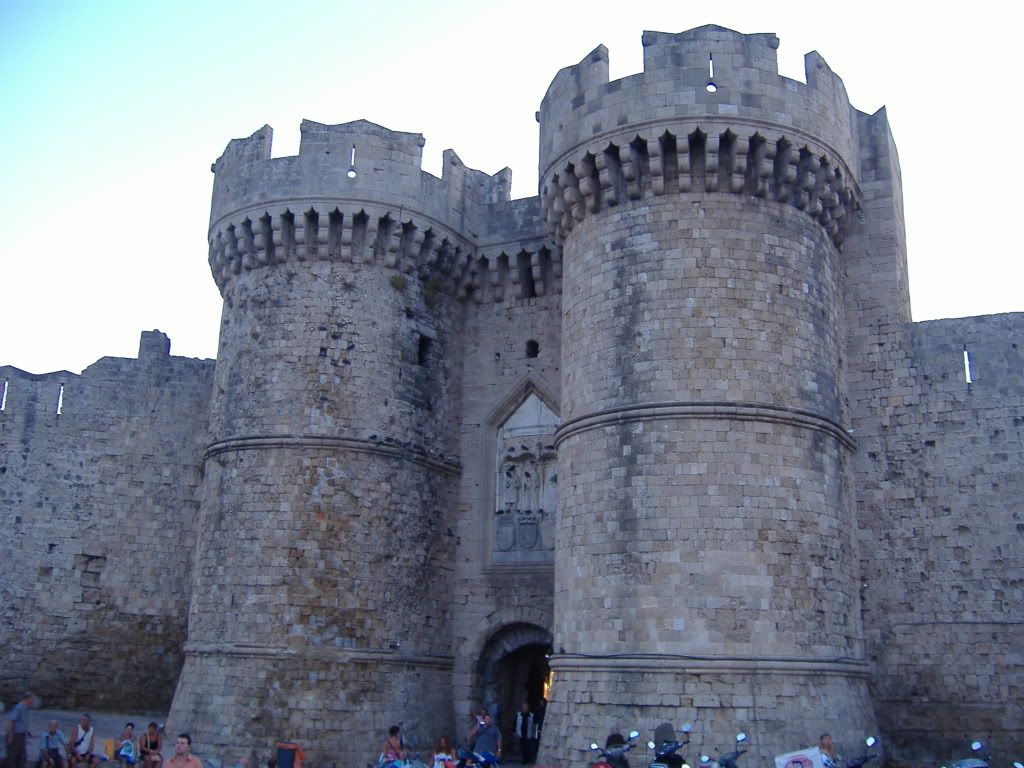
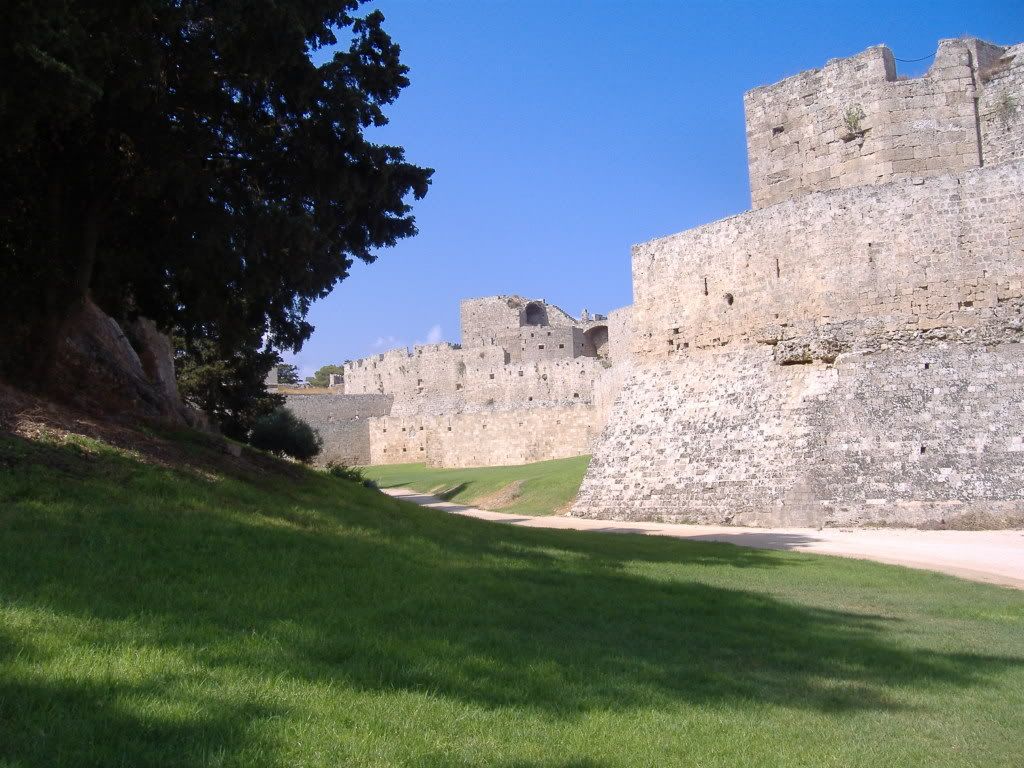
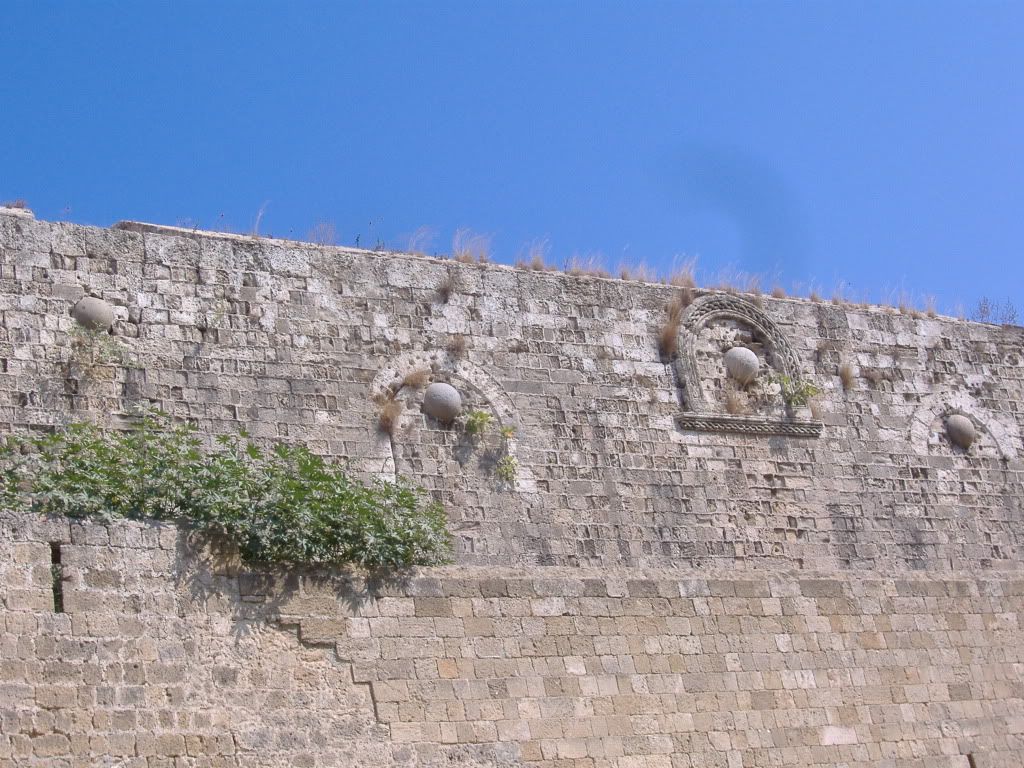
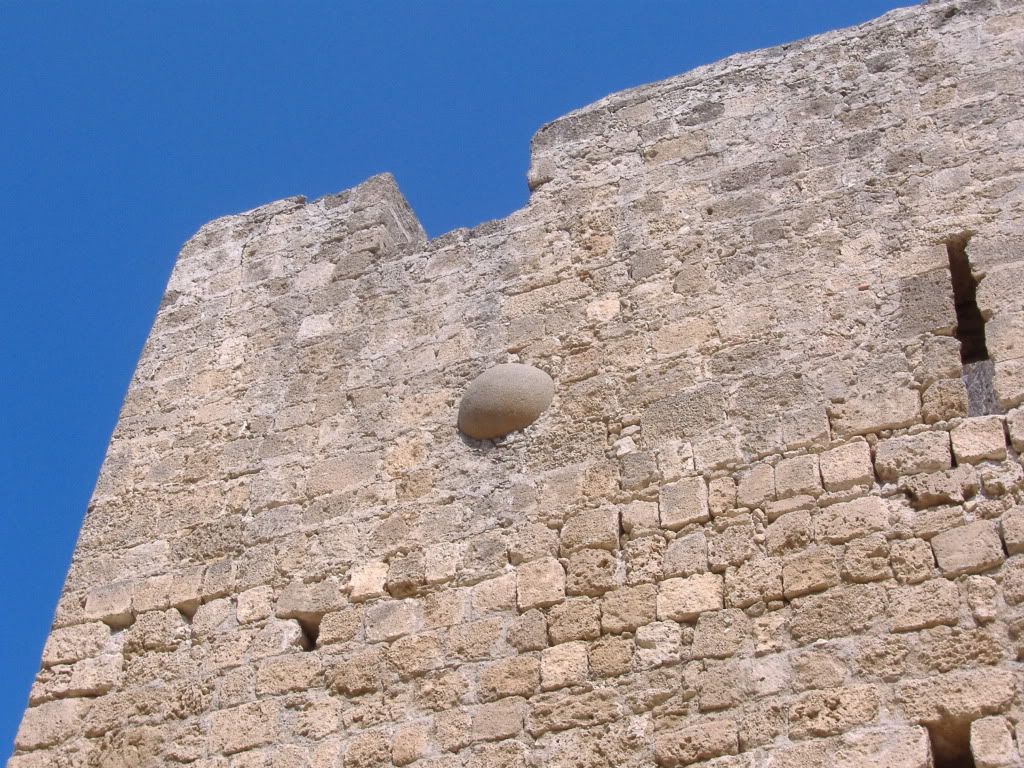
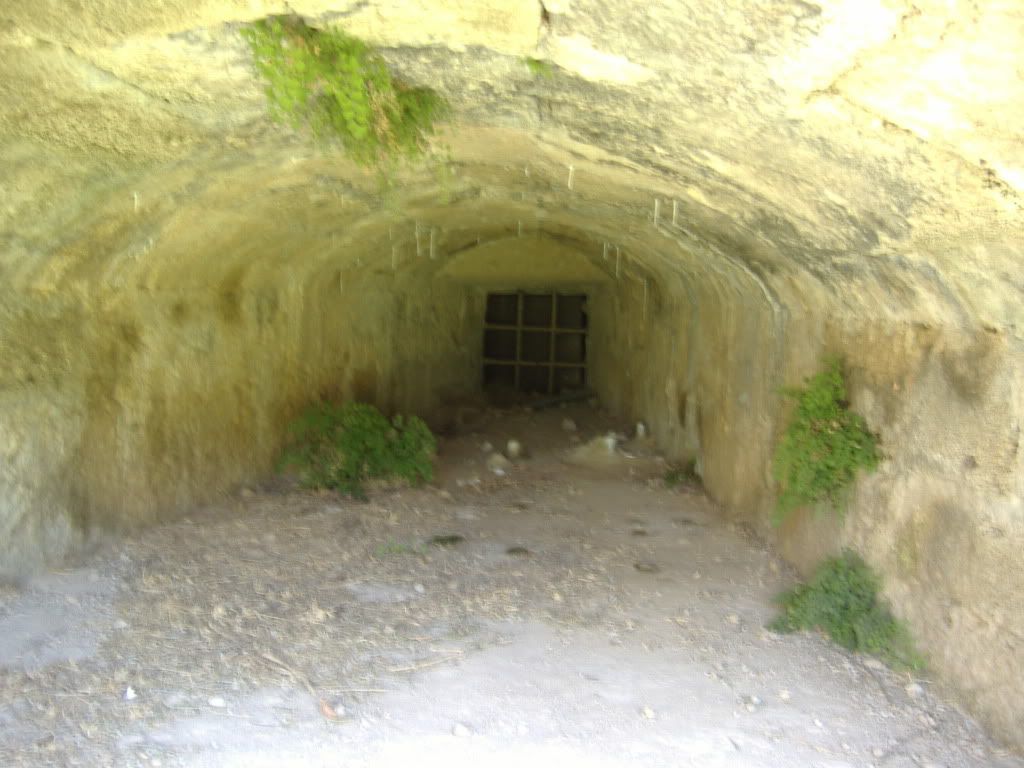
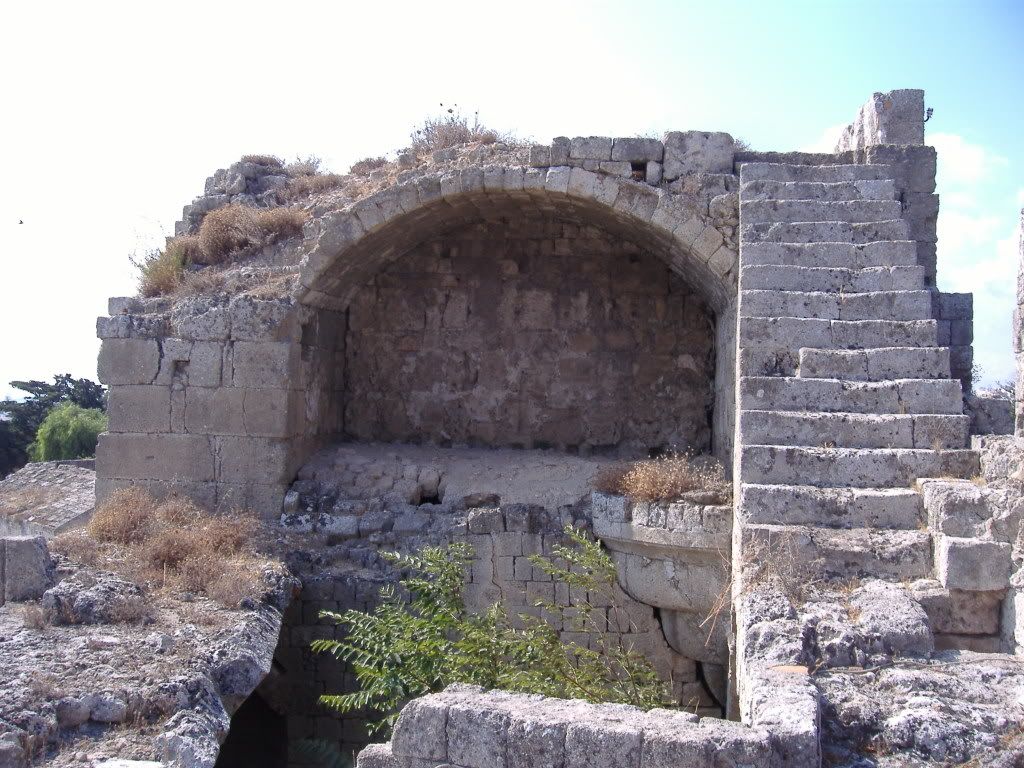
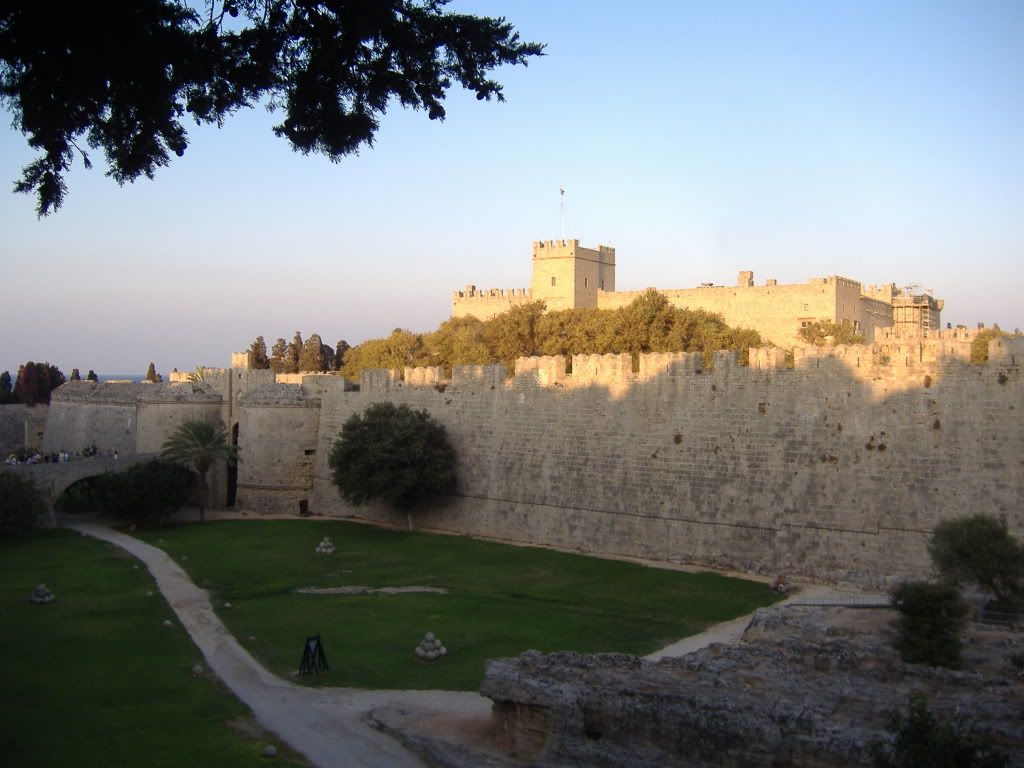

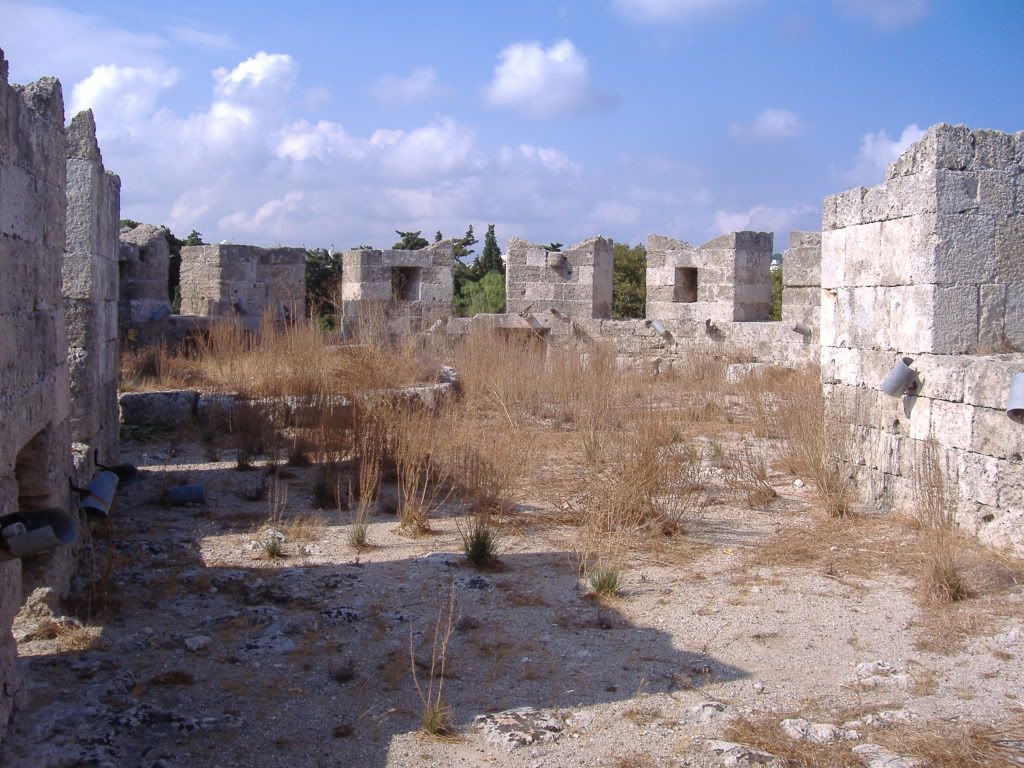
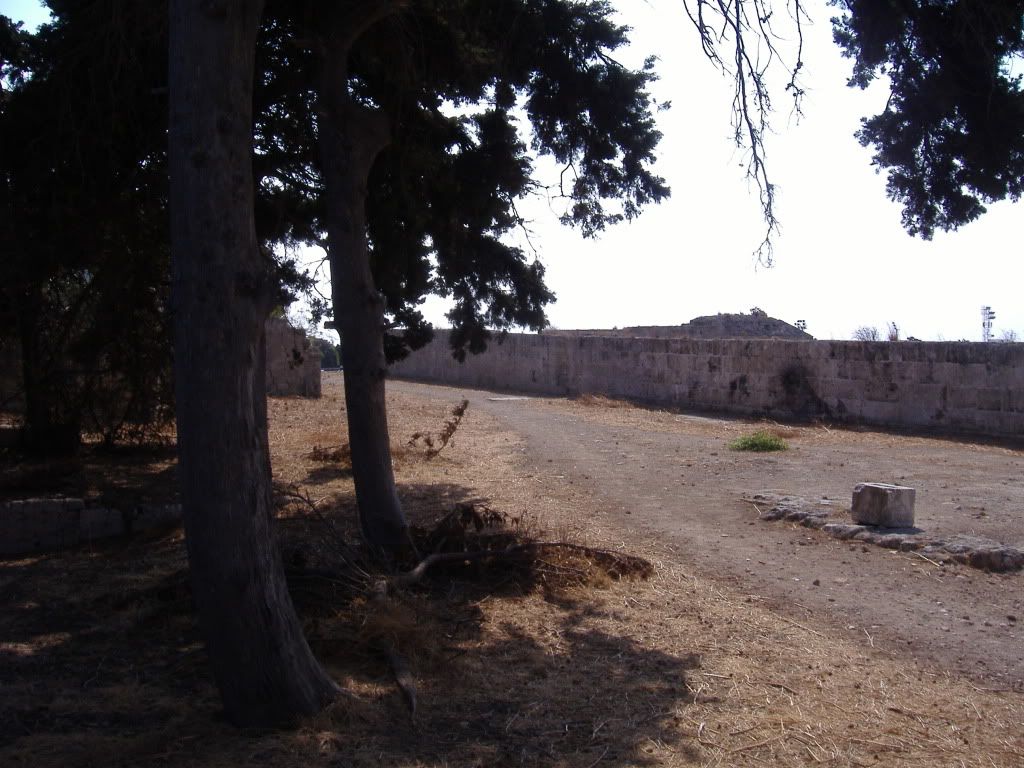
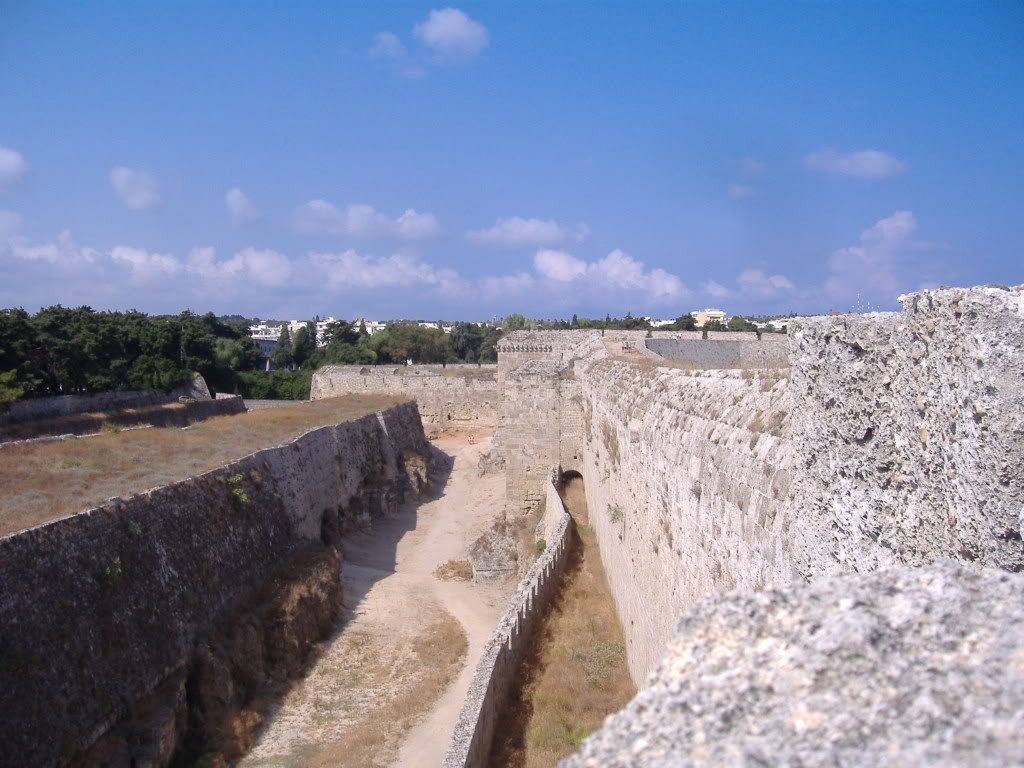
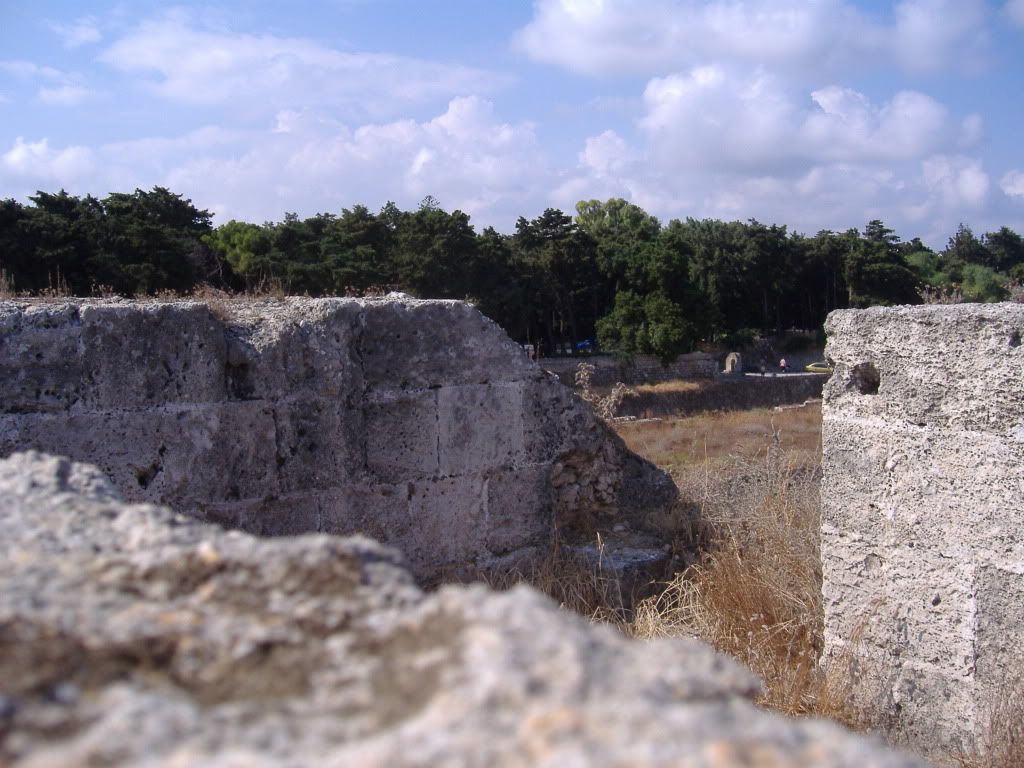
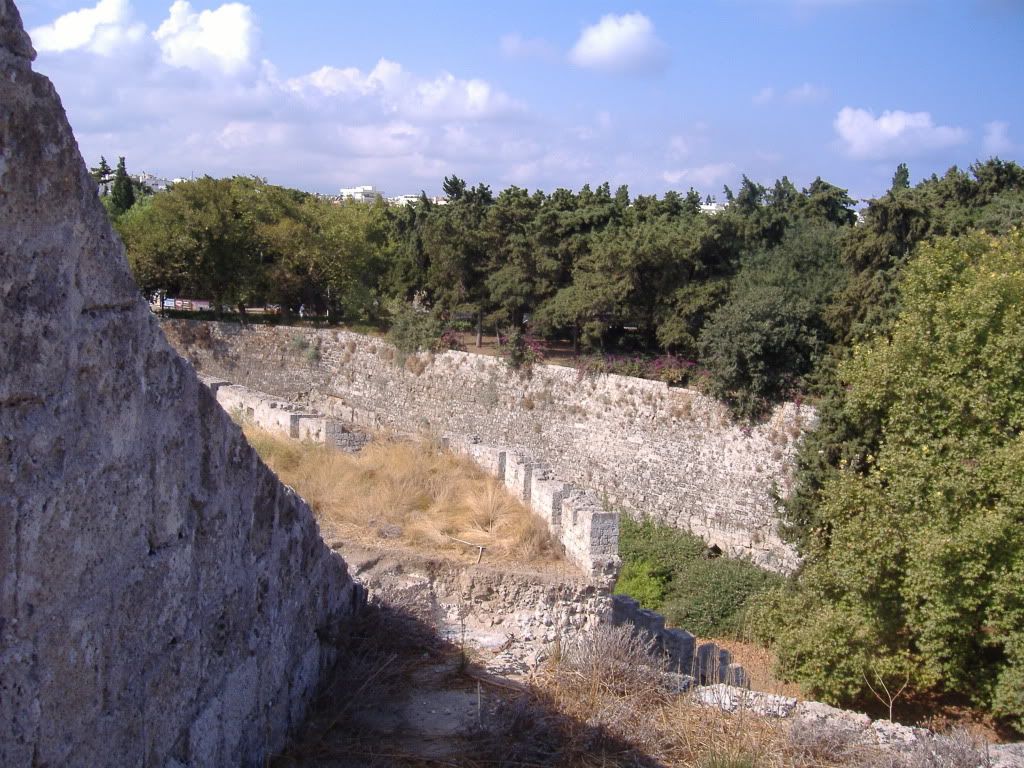
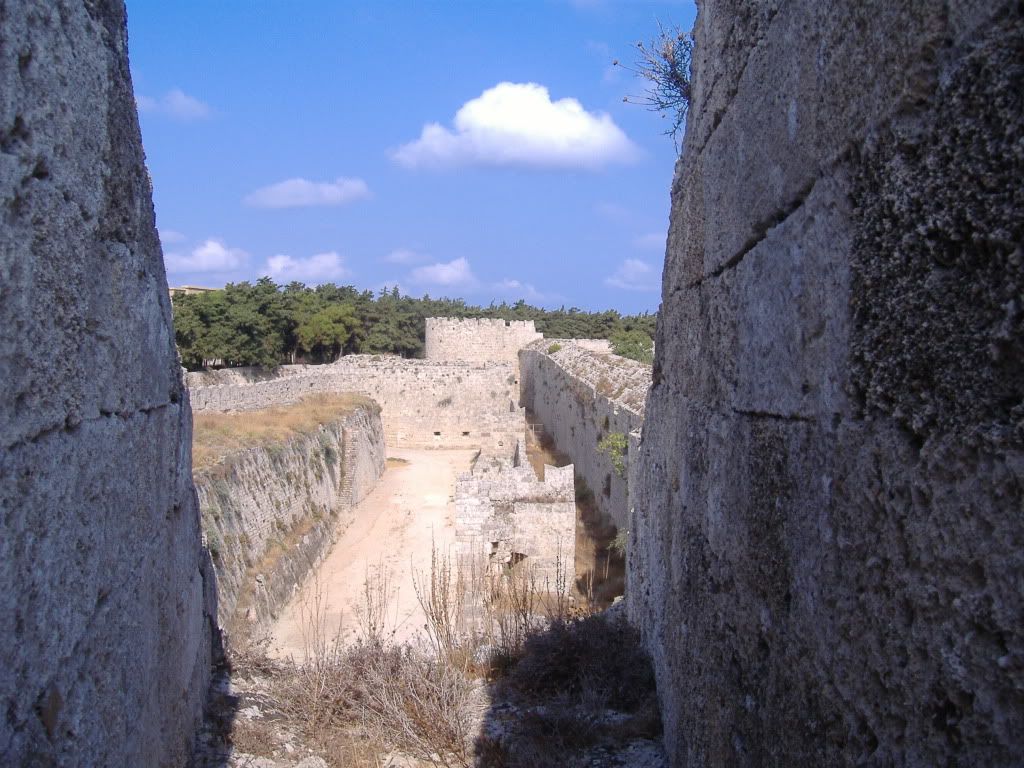
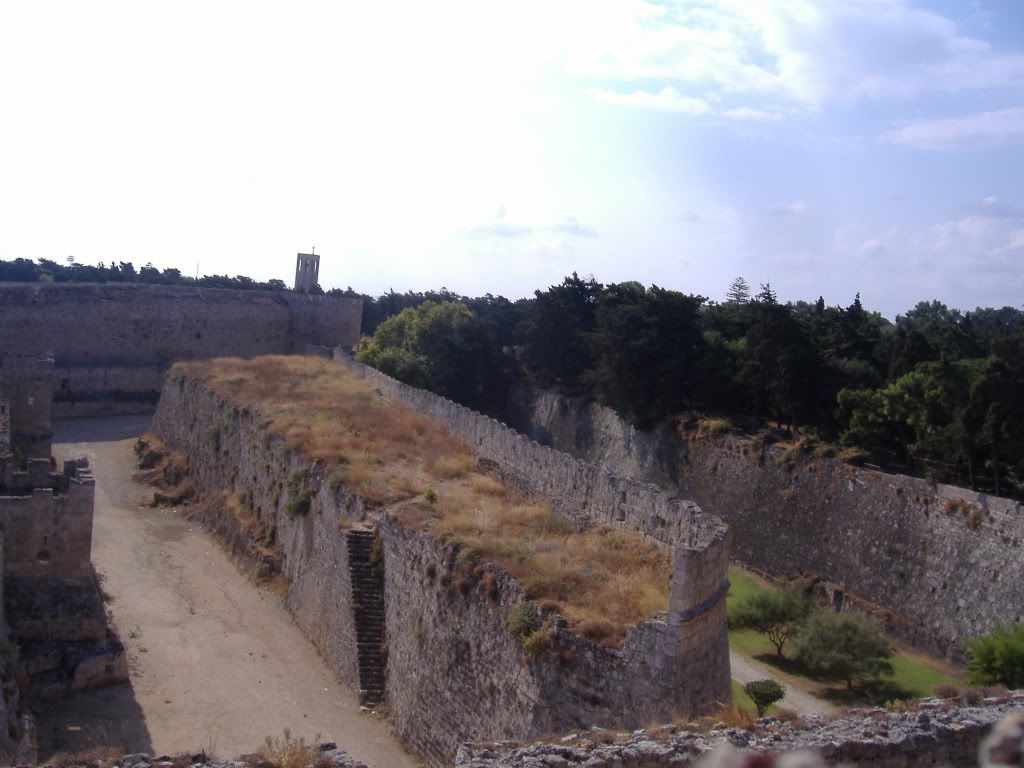
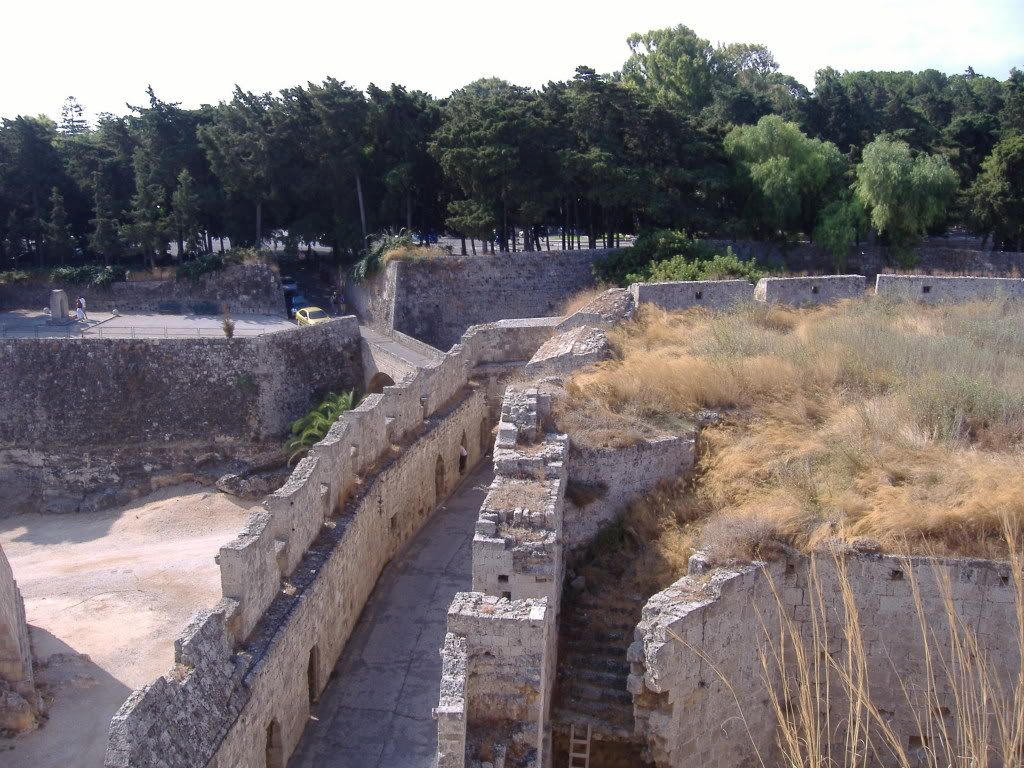
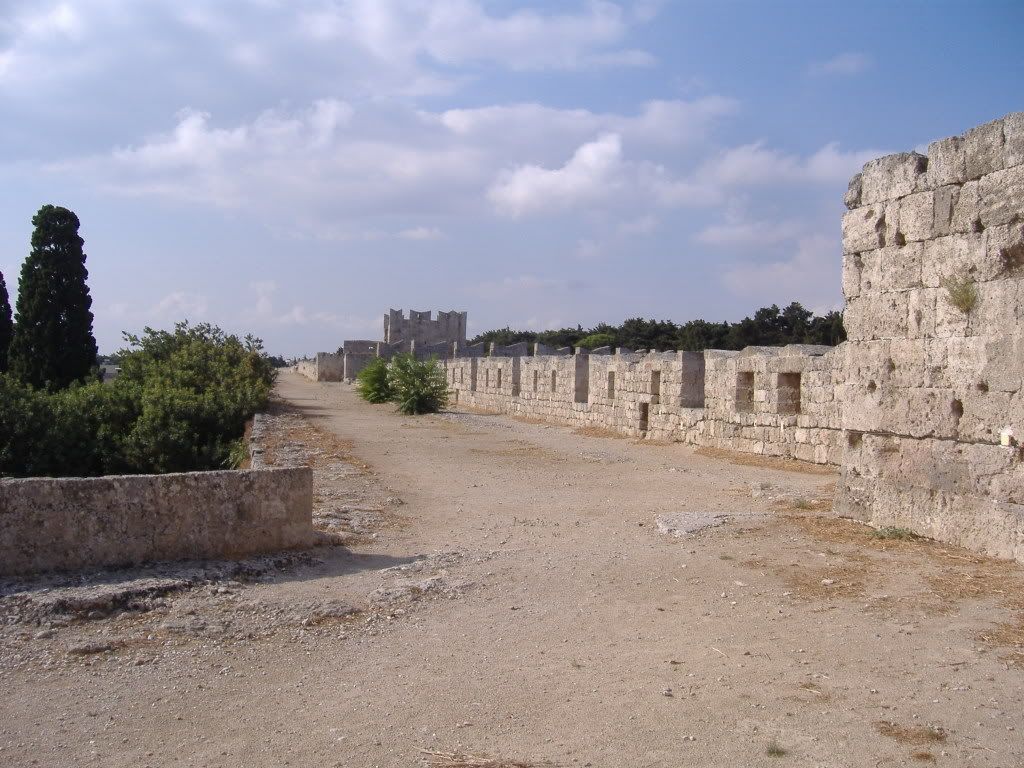
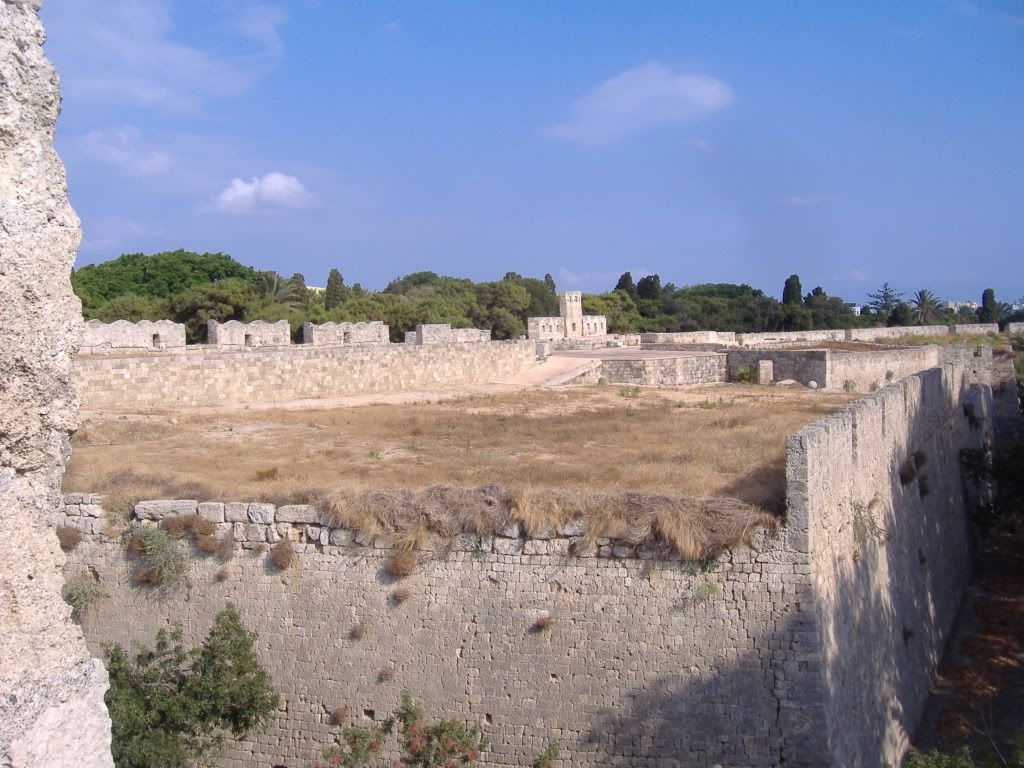
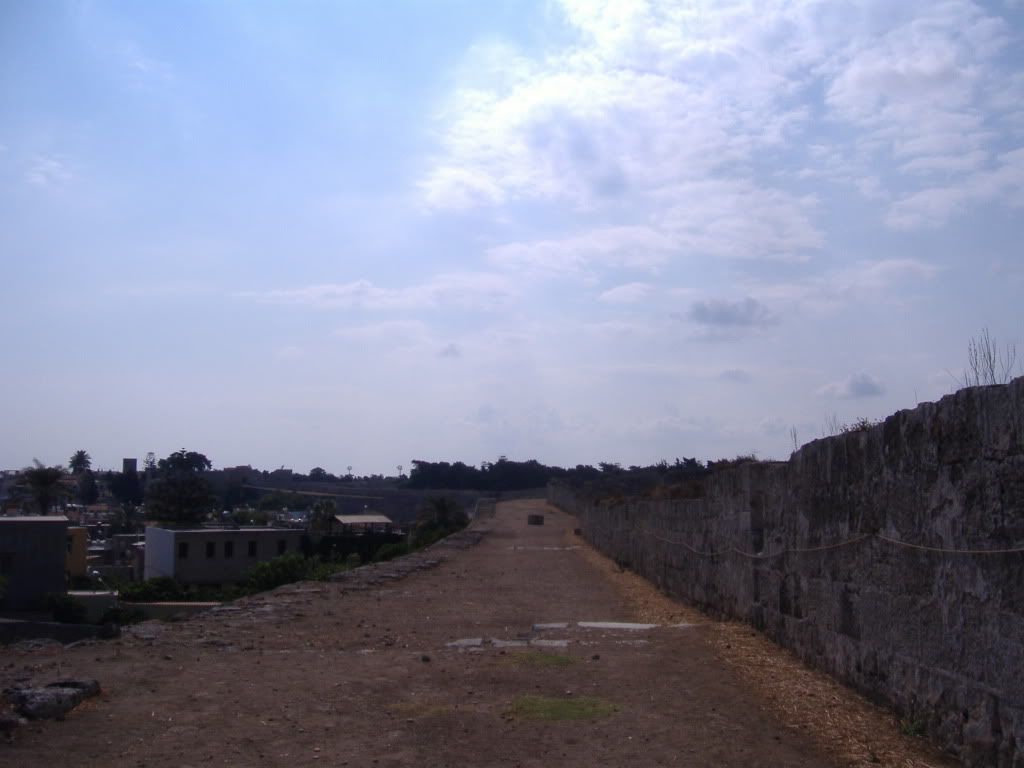
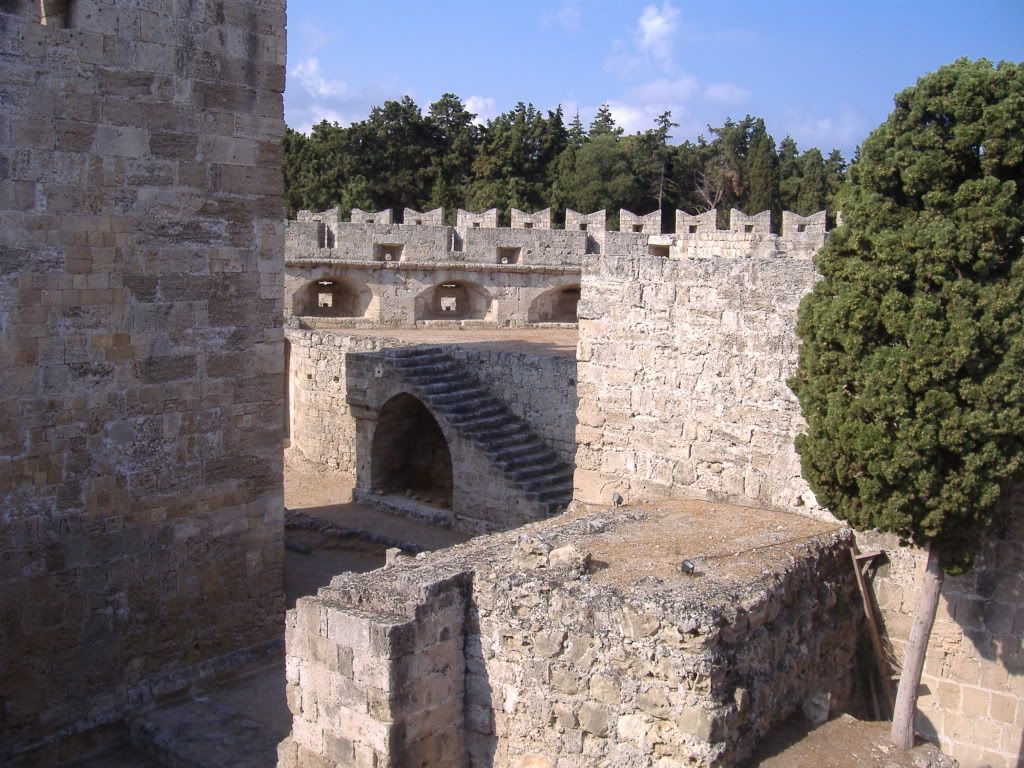
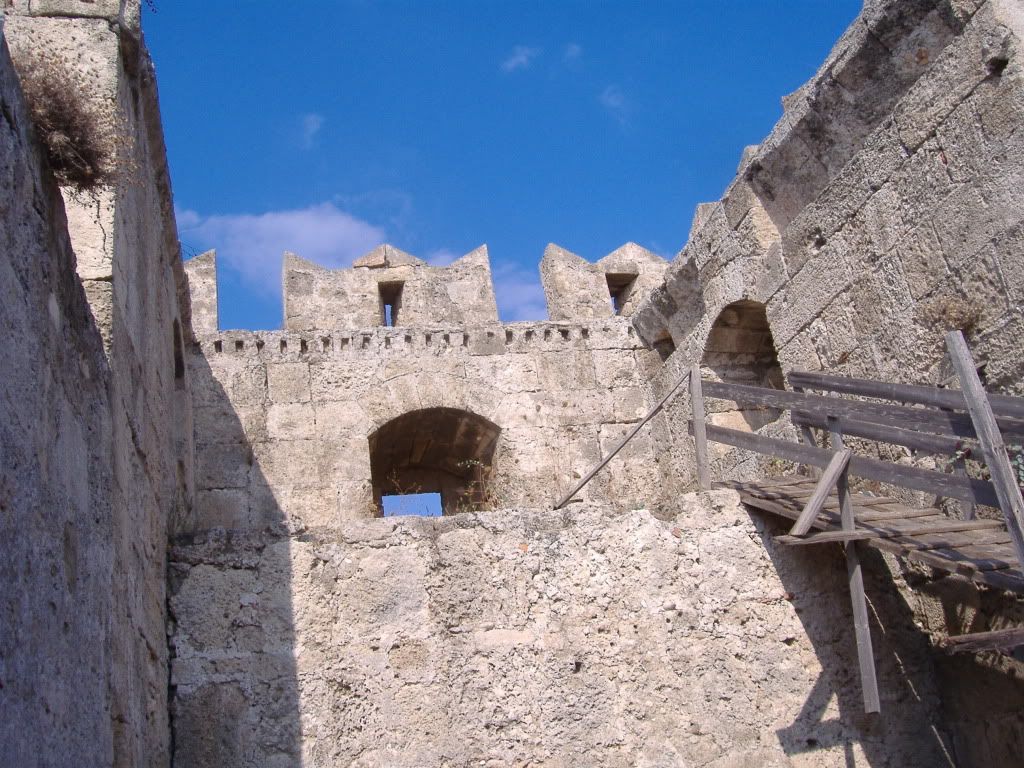
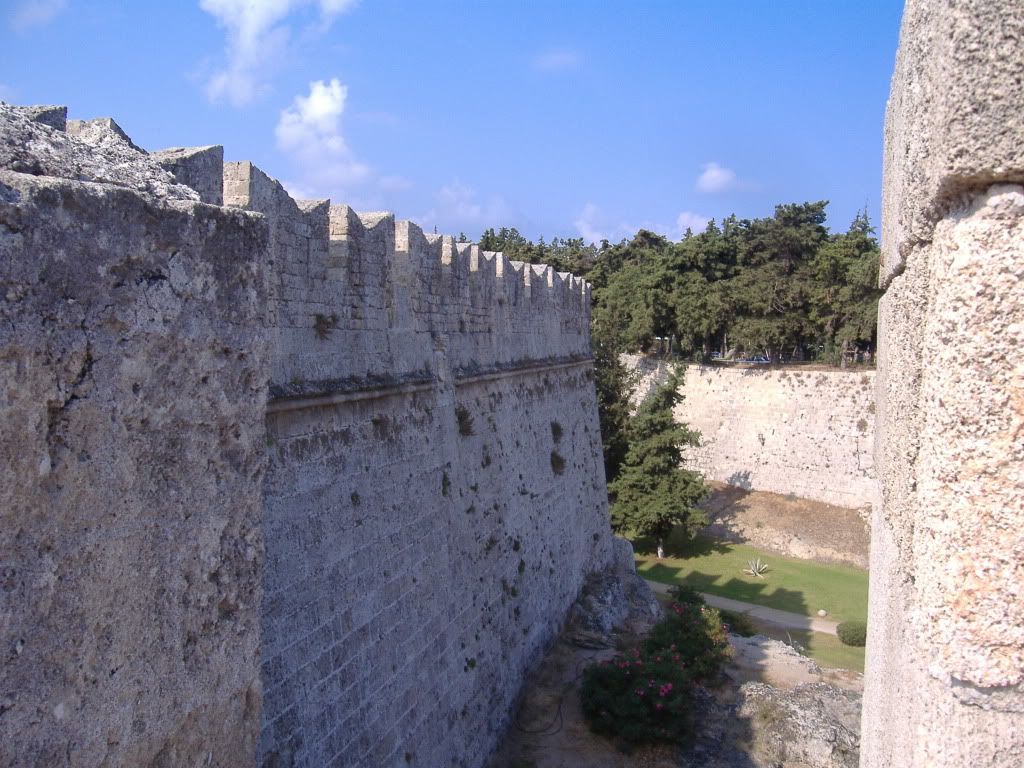
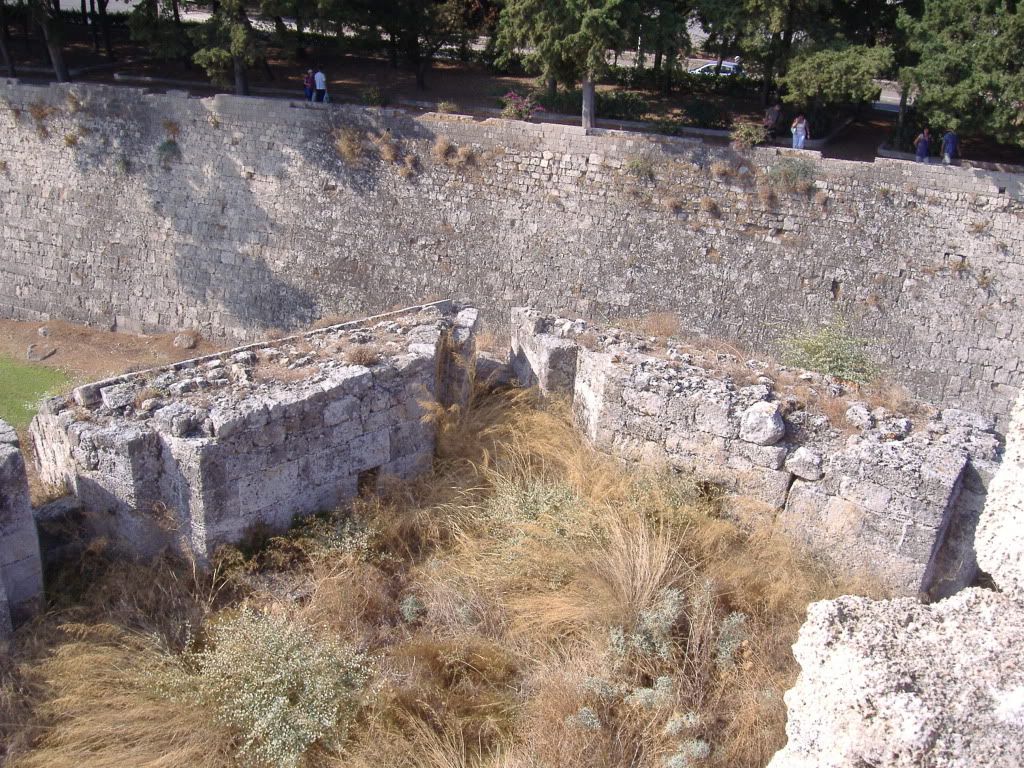
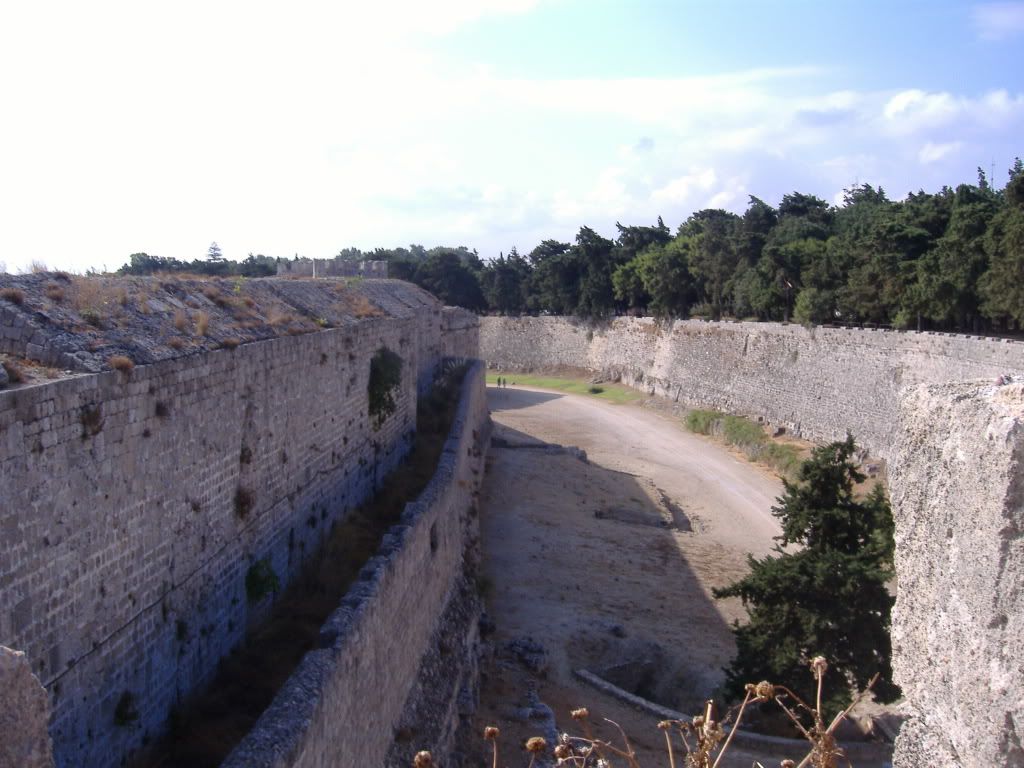
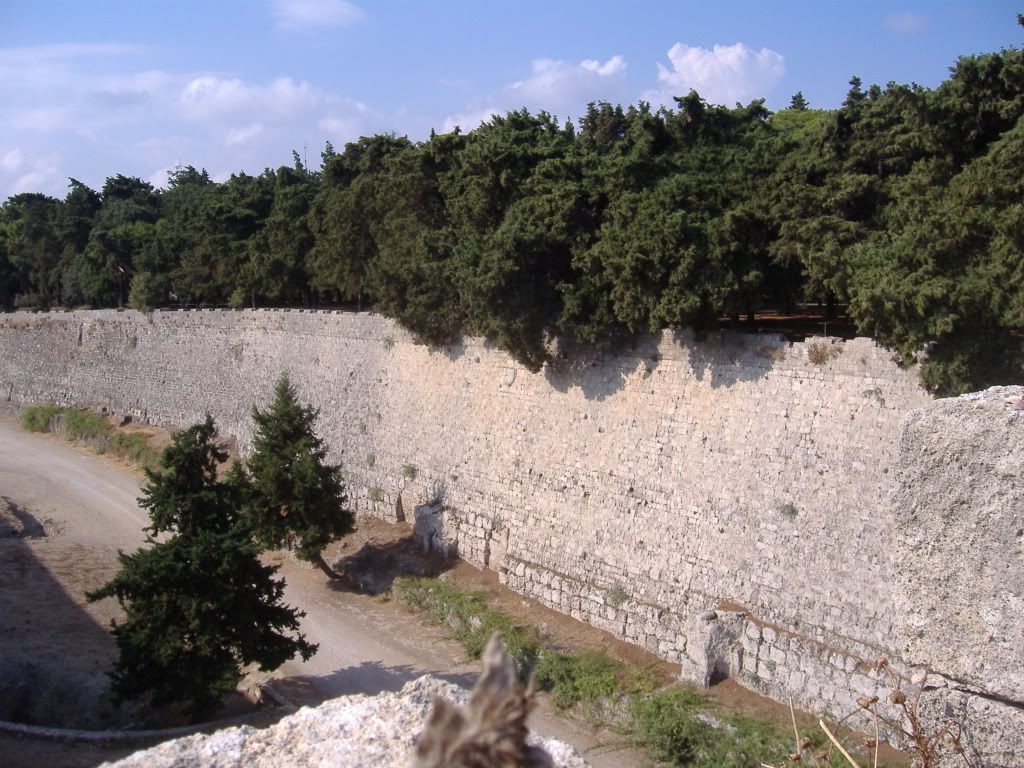
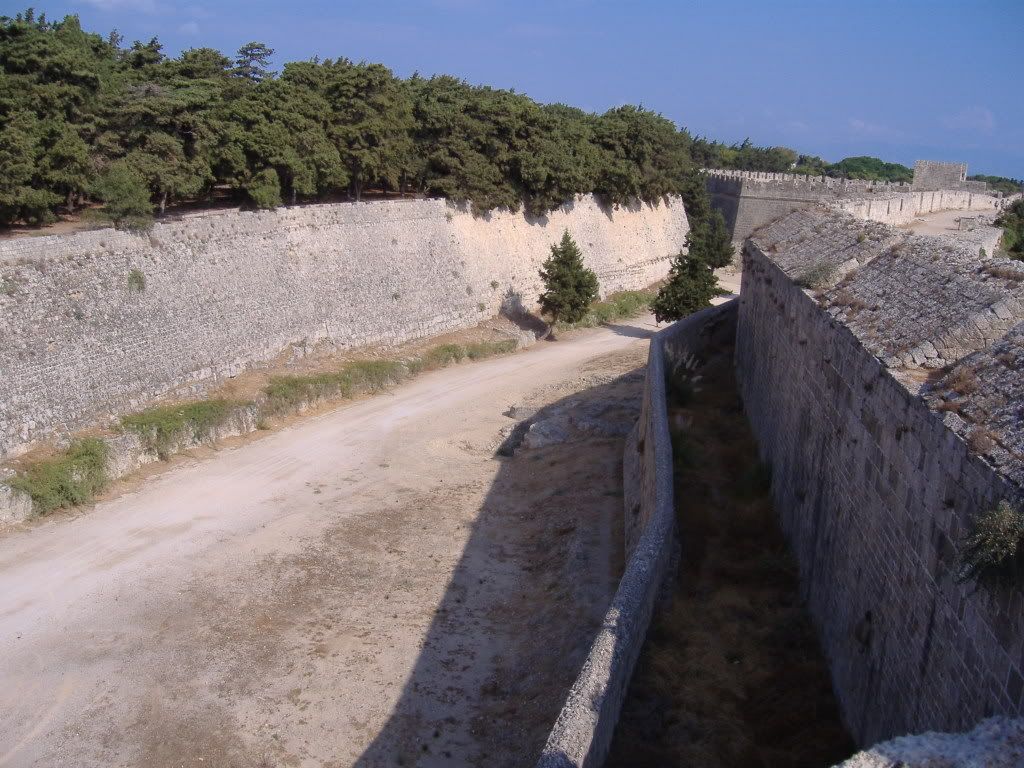
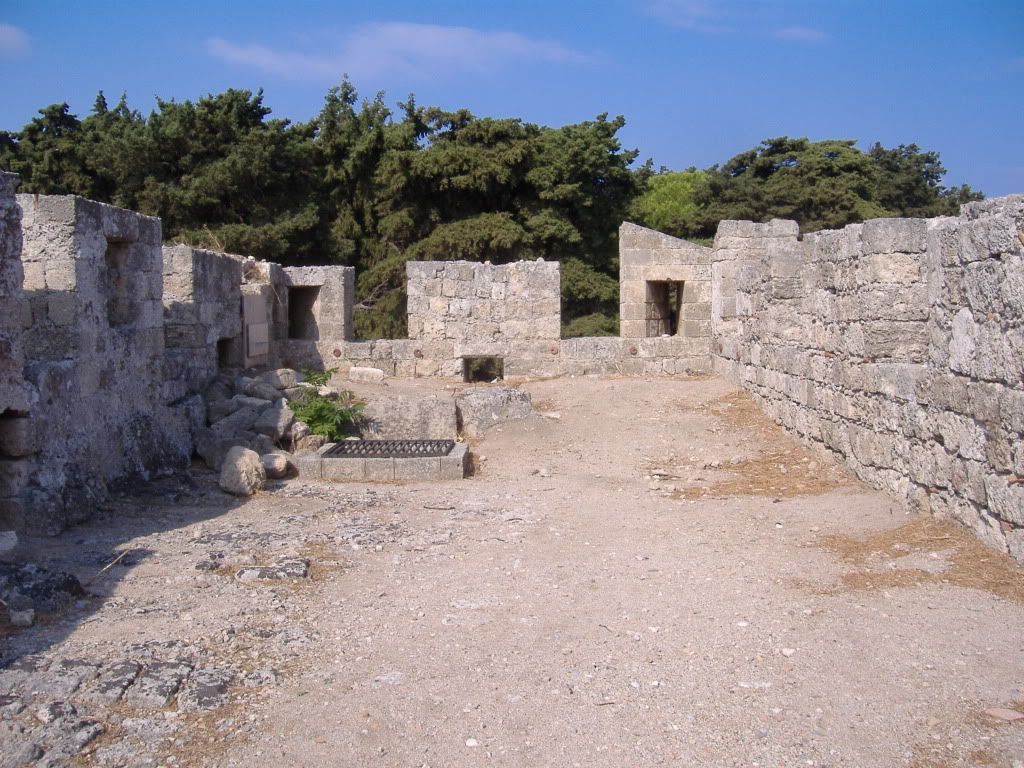
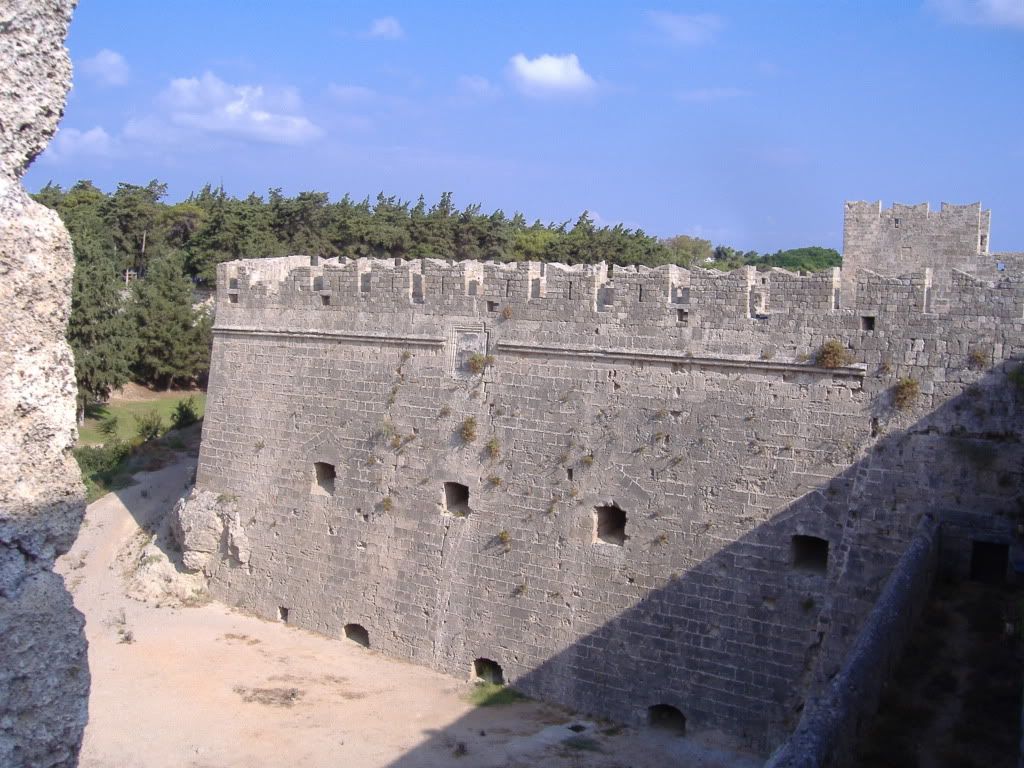
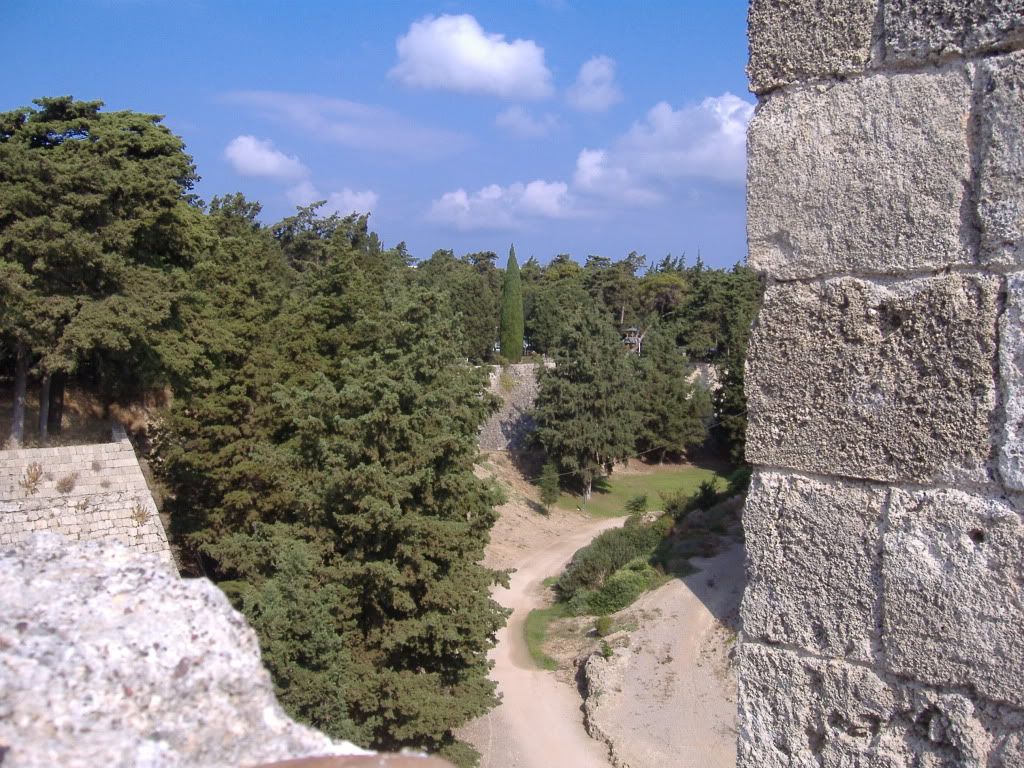

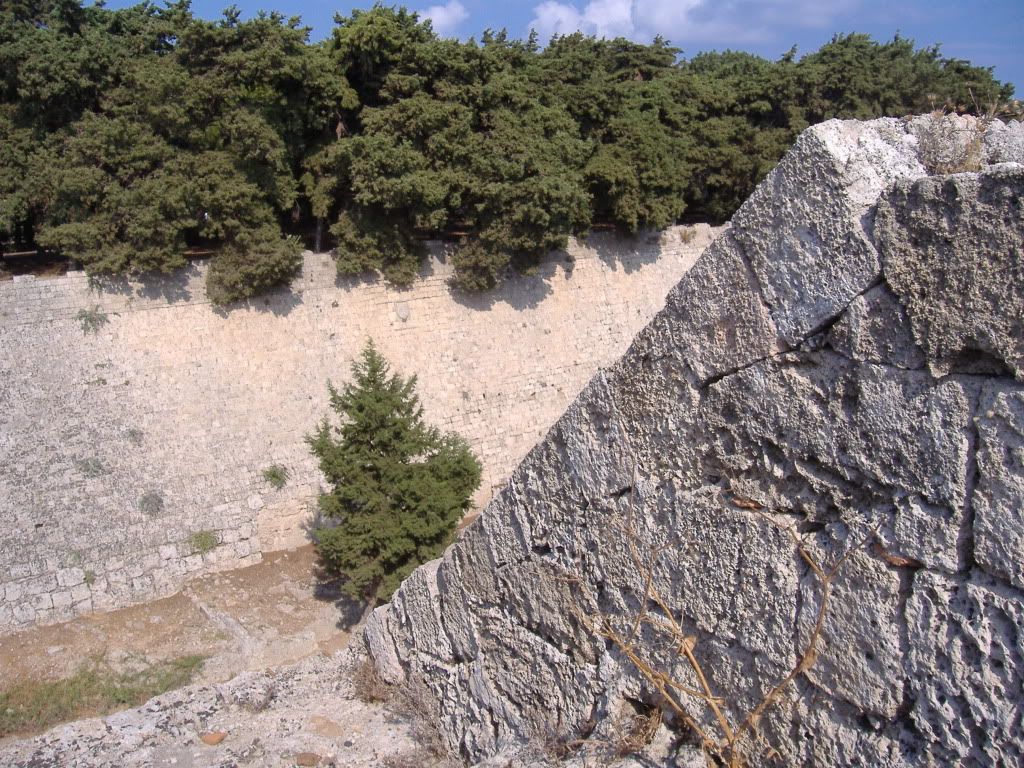
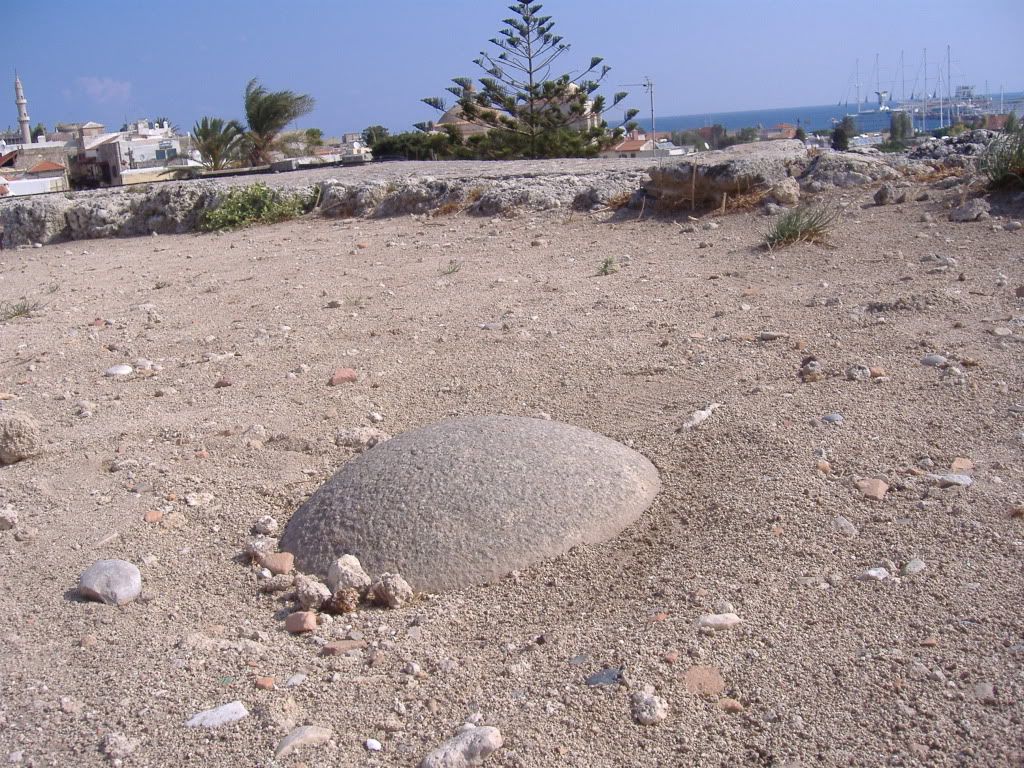


 Reply With Quote
Reply With Quote




